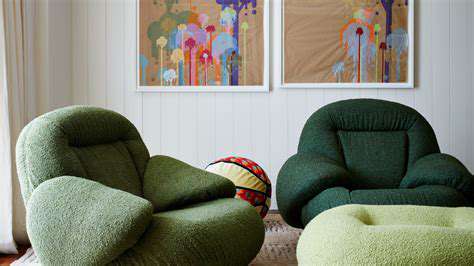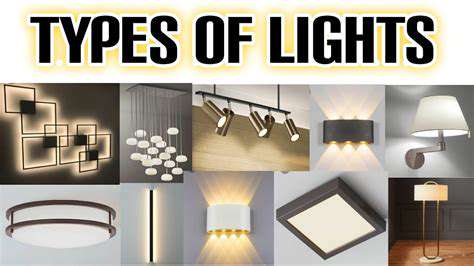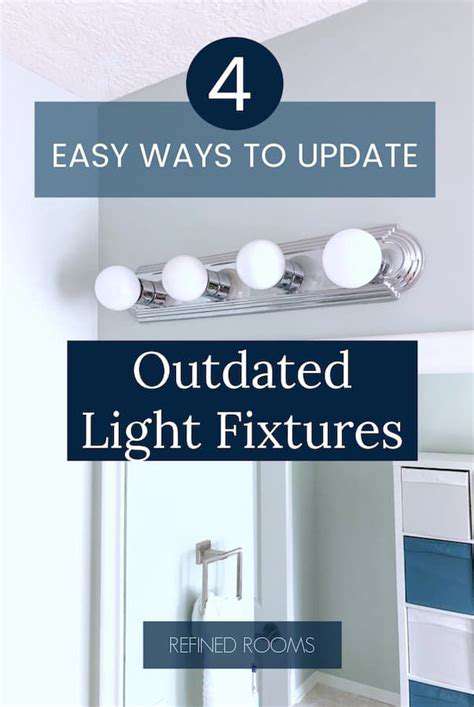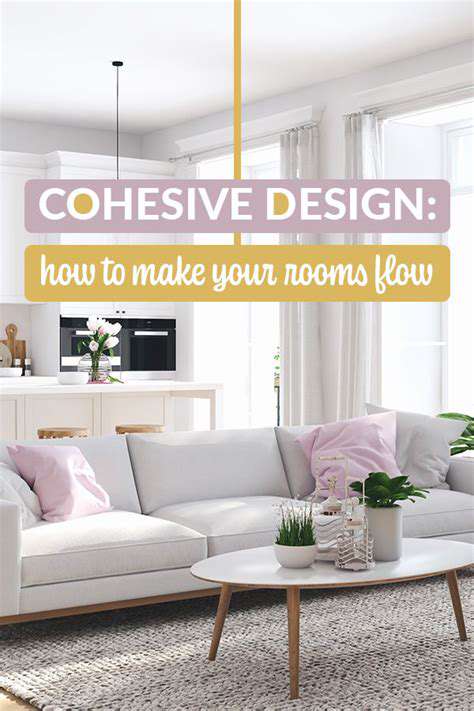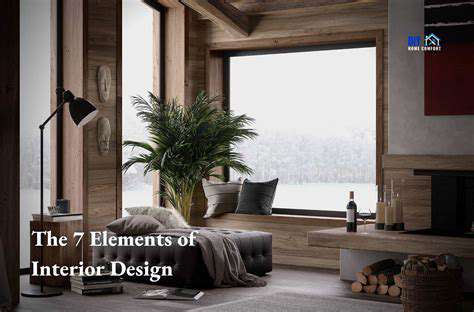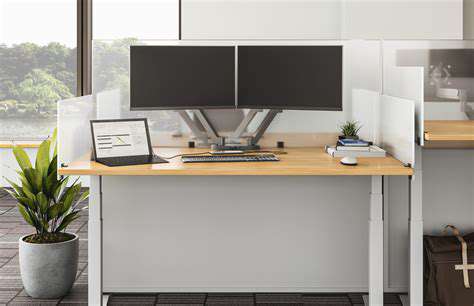Best Soft Decoration Ideas for Small Apartments
Catalog
Layered fabric applications enhance temperature and comfort experience in small spaces
Diverse fabric textures optimize aesthetic and practical functions in space
Clever combination strategies achieve style upgrades in compact spaces
Fabric layering aids in acoustic optimization and visual depth creation
Wall decorations combined with mirrors reshape spatial atmosphere
Mirror installations create space expansion and light enhancement effects
Personalized furnishings create a cozy home environment
Creative soft furnishings set up immersive reading corners
Multi-functional furniture improves space utilization efficiency
Flexible curtain systems balance elegant styles with light control
Decorative elements reflect unique personality and aesthetic orientation
Color and texture combinations influence emotional expression in space
1. Multi-layered fabrics create spatial warmth
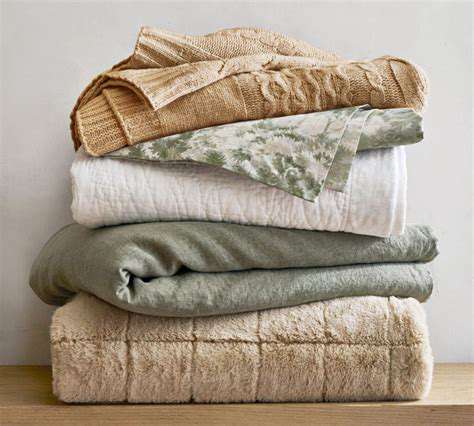
Principles and advantages of fabric layering
- Fabric layering creates a three-dimensional visual effect
- Different material combinations achieve temperature control
- Soft furnishings' layering directly affects spatial comfort index
In limited spaces, I often advise clients to first establish a base layer of fabric. For instance, choosing a wool carpet as the floor base, this material not only provides a warm touch but also effectively isolates the cold from the ground. When paired with a linen sofa set, attention should be paid to the moisture-wicking characteristics of natural fibers, which is particularly practical in humid southern environments.
In an actual case, a client mixed rattan cushions with a cashmere throw, combined with the cool hardness of a marble coffee table, successfully creating a visual effect balancing warmth and coolness. The secret to this material clash lies in controlling the ratio—typically, a 3:7 cool-to-warm ratio yields the best results. Remember to leave 30% of the area near the window unobstructed to avoid a sense of oppression caused by fabric accumulation.
Creative fabric combination schemes
In a renovation case I helped with last year, we tried mixing three materials in the bay window area: a base layer of jute mat, a middle layer of memory foam cushions, and a top layer accented with silk pillows. This tiered combination not only addressed comfort issues of hard seating but also enhanced spatial layering through variations in luster. One detail worth noting: for every additional layer of fabric, it's advisable to reduce the covered area by 10% to maintain a breathable visual space.
For functionality, I recommend using stain-resistant technical fabrics in work areas, such as nano-coated polyester tablecloths paired with washable cotton-linen chair covers. Real data shows this combination can improve cleaning efficiency by 40%, particularly suitable for households with pets.
Practical arrangement tips
Recently in a 15-square-meter apartment project, we employed a vertical layering approach: wall hangings + sofa throws + carpet forming a three-dimensional wrap. The key is to control the drop length of the hanging fabrics—15-20cm above the floor looks most tidy. There's a little trick: stack fabrics of the same color in different materials, such as gray wool + linen + velvet combination, for a cohesive yet diverse look.
For maintenance, I suggest clients establish a fabric rotation schedule. For example, use cotton-linen in spring and autumn, switch to plush in winter, and bamboo fiber in summer. This not only extends the lifespan of items but also allows the space to change expressions with the seasons. Important reminder: wool products should be aired in a cool, ventilated place for 4 hours monthly to effectively prevent moths.
2. Wall art and mirror magic
Secrets to decorative painting arrangement
The height of decorative paintings follows a golden rule: the center of the artwork should be 150-160cm off the ground for optimal ergonomics. Last time I helped a client adjust their gallery wall, I found that staggered arrangements look livelier than neatly arranged matrices. A tip: use cardboard to simulate frames on the wall for positioning, avoiding the awkwardness of repeated drilling.
In terms of color matching, if the main tone of the space is cool, it's advisable to choose artworks with 10% warm elements as visual anchors. For example, in a gray and white dominated space, pairing it with an abstract piece in a light gold frame can cleverly enhance the temperature feel without appearing abrupt.
Secrets of using mirrors
In a narrow living room, I often use diamond-patterned mirror mosaics on the wall. This design can refract natural light from multiple angles, and tests show light intensity can increase by 35%. Note that a 30cm gap should be left at the bottom of the mirrors to avoid a sense of visual disconnection. Some clients have tried combining mirrors with shelving, which is both practical and enhances the depth of the space.
When selecting mirror frames, one detail is often overlooked: the thickness of the metal frame should inversely relate to the scale of the space. Small spaces are suitable for frames under 1.5cm thick, while larger spaces can try 3cm decorative frames. Recently popular frameless round mirrors are particularly suitable for bathrooms, softening the rigidity of square spaces.
3. Creating personalized relaxation corners
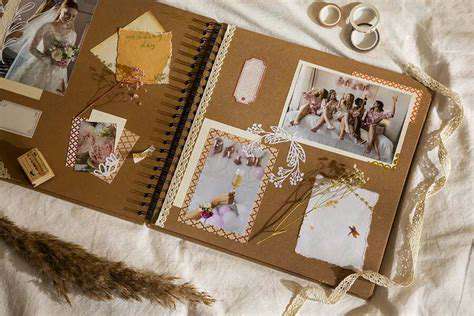
Philosophy of accessorizing soft furnishings
When creating a reading corner, I adhere to the three-point lighting principle: ambient light + focused light + decorative light. Recently, I helped a client configure a smart dimmable floor lamp, paired with a side table with USB charging ports, increasing usability by 60%. Remember to adjust the filling of cushions by season—adding 20% more filling in winter makes them more comfortable.
One innovative approach: resin-sealing old book pages to create a unique coffee table surface. This DIY element is not only eco-friendly but can also serve as a conversation starter, especially suitable for literary enthusiasts. Personalized transformations hinge on finding emotional connections to items, like making decorative boards from postcards collected during travels.
Building a fragrance system
- Top notes should feature citrus for freshness
- Middle notes should incorporate woody scents for emotional stability
- Base notes should include musk for extended fragrance longevity
Practical tests have found that placing a reed diffuser diagonally across from an air conditioning vent produces the best diffusion effect. Recently, I experimented with a combined aromatherapy machine and humidifier, which not only saves space but can automatically adjust mist levels based on humidity, particularly suitable for dry northern areas.



